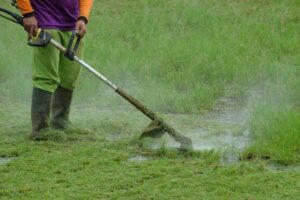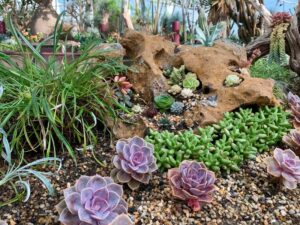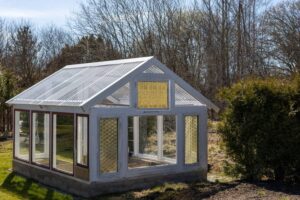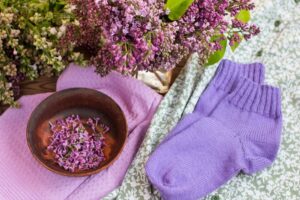
Select Native, Drought-Tolerant Plants
The right plants are the core of your low-water pollinator garden. Native plants are the best choice. They are adapted to your region’s rainfall and soil conditions.
Why Native Plants Matter
Native plants and local pollinators evolved together. Local bees and butterflies recognize native flowers as food sources. Many insects depend on specific native plants for survival. For example, monarch butterfly caterpillars eat only milkweed plants. By planting natives, you support the entire local food web. Native plants also have deep root systems. These roots help them access water deep in the soil during dry periods. This makes them naturally drought tolerant. The Lady Bird Johnson Wildflower Center provides extensive native plant databases for North America.
A Sample Plant List for Sun
A good garden design includes plants of different heights. Place tall plants in the back. Use medium plants in the middle. Put short, mounding plants in the front. This layering creates a full, dynamic look. Here are some widely adapted native perennials for a sunny border.
| Height | Plant Name | Scientific Name | Details |
|---|---|---|---|
| Tall (Back) | Joe Pye Weed | Eutrochium purpureum | Reaches 5 to 7 feet. Large pink flower heads in late summer attract many butterflies. |
| Tall (Back) | Switchgrass | Panicum virgatum | A tall grass providing structure. Grows 4 to 6 feet. Offers fall color and seeds for birds. |
| Medium (Middle) | Purple Coneflower | Echinacea purpurea | Grows 2 to 4 feet. Classic purple daisy like flowers bloom all summer. Goldfinches eat the seeds in fall. |
| Medium (Middle) | Black-Eyed Susan | Rudbeckia hirta | A cheerful, tough plant. Reaches 2 to 3 feet. Golden yellow flowers bloom from summer to fall. |
| Medium (Middle) | Anise Hyssop | Agastache foeniculum | Purple flower spikes grow to 3 feet. Bees love this plant. The leaves have a licorice scent. |
| Short (Front) | Lanceleaf Coreopsis | Coreopsis lanceolata | Grows 1 to 2 feet tall. Bright yellow flowers appear in late spring and early summer. Tolerates poor soil. |
| Short (Front) | Butterfly Weed | Asclepias tuberosa | Bright orange flowers in summer. Reaches 1 to 2 feet. A critical host plant for monarch caterpillars. |
Check with local native plant nurseries or your state’s native plant society. They will recommend species perfect for your specific conditions.
Create a Pollinator Bloom Calendar
Support pollinators all year. Plan for continuous blooms from spring through fall. A pollinator bloom calendar helps you choose plants with staggered bloom times. Your garden should offer nectar and pollen consistently. A simple plan ensures something is always flowering.
- Spring: Golden Alexanders (Zizia aurea), Wild Geranium (Geranium maculatum). These plants feed early emerging queen bees.
- Summer: Purple Coneflower (Echinacea purpurea), Butterfly Weed (Asclepias tuberosa), Blazing Star (Liatris spicata). Summer is peak activity time for most pollinators.
- Fall: Aromatic Aster (Symphyotrichum oblongifolium), Goldenrod (Solidago species). Fall flowers provide food for migrating butterflies and bees preparing for winter.
This sequence of blooms provides a reliable food source. Your garden becomes a key stop for local wildlife.
















One Response
I love the tips shared in your article! Designing a low-water garden feels so rewarding, and supporting local wildlife is a bonus! By the way, if you ever need to stock up on planting supplies or organic soil amendments, I highly recommend exploring Suplery for hassle-free inventory management and free delivery directly from suppliers.